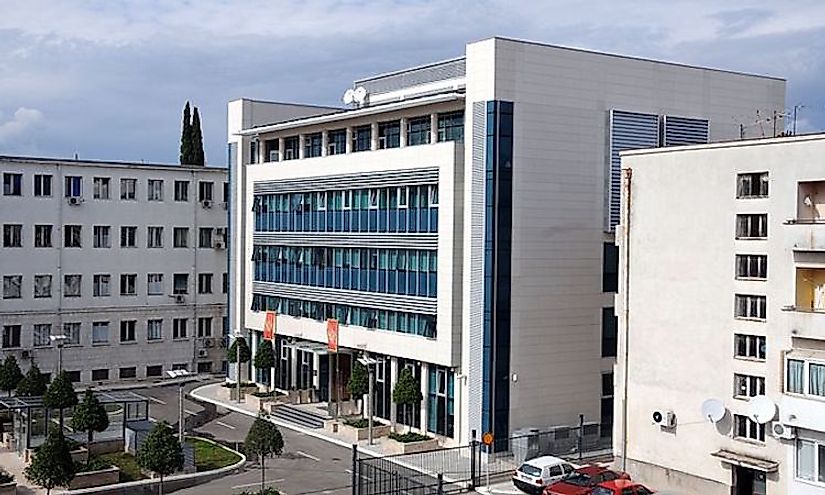What Is The Capital Of Montenegro?

What Is The Capital of Montenegro?
Montenegro, a southeast European nation, is one of the few countries in the world with more than one capital city. Its population is just over 620,000, making it one of the least populated countries in Europe. The two capital cities of Montenegro are Podgorica and Cetinje. This article takes a look at these cities and how they both came to hold the same distinction.
Podgorica
The location of present-day Podgorica has always been important, even since ancient times. Near rivers, the sea, and in a fertile valley, human settlement began here during the latter part of the Stone Age. In the Middle Ages, Podgorica was an economic and communications center for the region, which gave the town significant political and military power. The Ottoman Empire captured control of the city in 1474 and established a fortress here. During its time under Ottoman rule, Podgorica continued its growth as a military center, complete with gates and towers.
Although it had been operating independently since 1711, in 1878, the country was formally recognized as independent and became known as the Kingdom of Montenegro. By the early 1900’s, the city had constructed roads to surrounding towns, begun exporting tobacco and founded its first banking institution. After the First World War, the Kingdom of Montenegro was joined with the Kingdom of Serbia and eventually became part of the Kingdom of Yugoslavia. The city again suffered during World War II, when it was completely destroyed. After WWII, the Socialist Republic of Montenegro was established, and Podgorica was named its capital. This era began a time of fast development for the region, and the city became the most important cultural and economic center in the country. This development continued until the 1990’s when the Socialist Federal Republic of Yugoslavia ended. At this time, Serbia and Montenegro became one nation with Podgorica as its capital. Montenegro voted to become an independent state in 2006.
Today, Podgorica has a population of over 204,000. It is home to the country’s legislative and executive branches of government. These branches include Parliament, the Prime Minister, and the Cabinet of Ministries. In Montenegro, the Prime Minister is the Head of Government and nominated the Ministers, then, Parliament votes to elect these individuals.
Cetinje
The history of Cetinje is not quite as long as that of Podgorica. Cetinje was founded in 1482 by Ivan Crnojevic (Ivan the Black), the Lord of Zeta, in an attempt to avoid Ottoman invasion. Zeta was an independent state that encompassed parts of present-day Montenegro and present-day Albania. Here, Crnojevic built his court and the Old Cetinje Monastery, both considered renaissance buildings. Dedicated to literature, the city even had the first printing house in southeastern Europe. Ivan the Black managed to avoid Ottoman rule until 1499. In 1514, Zeta was incorporated into the Sanjak of Montenegro.
Due to its location, Cetinje suffered attacks by both the Ottomans and the city of Venice. The attacks continued throughout the 16th and 17th centuries, during which time the court and monastery were destroyed. In 1696, when the country came under the rule of the Petrovic-Njegos Dynasty, Cetinje began to grow once again. Prince-Bishop Petar II Petrovic-Njegos built his royal residence in the city in 1838. This prompted significant growth and Cetinje began to take on an urban appearance. The Prince-Bishop set about establishing relationships with other European nations and Cetinje became the site of their foreign consulates.
The Current Role Of The Two Cities
Cetinje was the first capital of Montenegro when its independence was recognized in 1878. When Montenegro became a kingdom in 1910, the city further developed as an important cultural and political center. Unfortunately for Cetinje, Podgorica was chosen as the new site for Parliament during the time between the two World Wars. Today, Cetinje houses the official residence of the President, who acts as Head of State.











